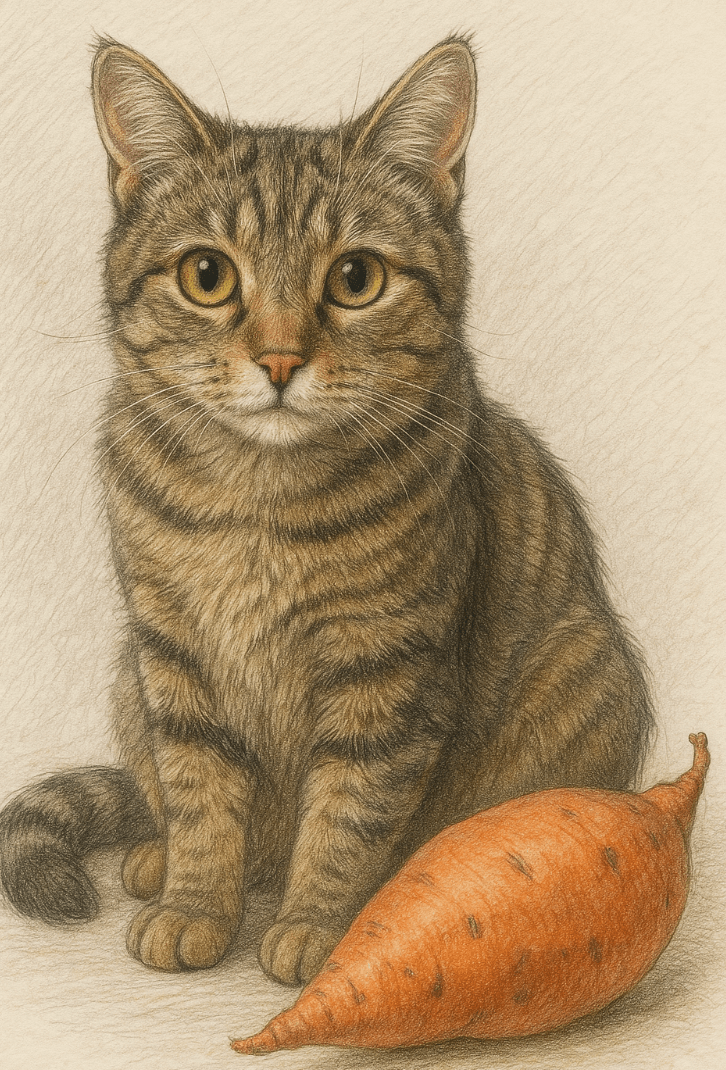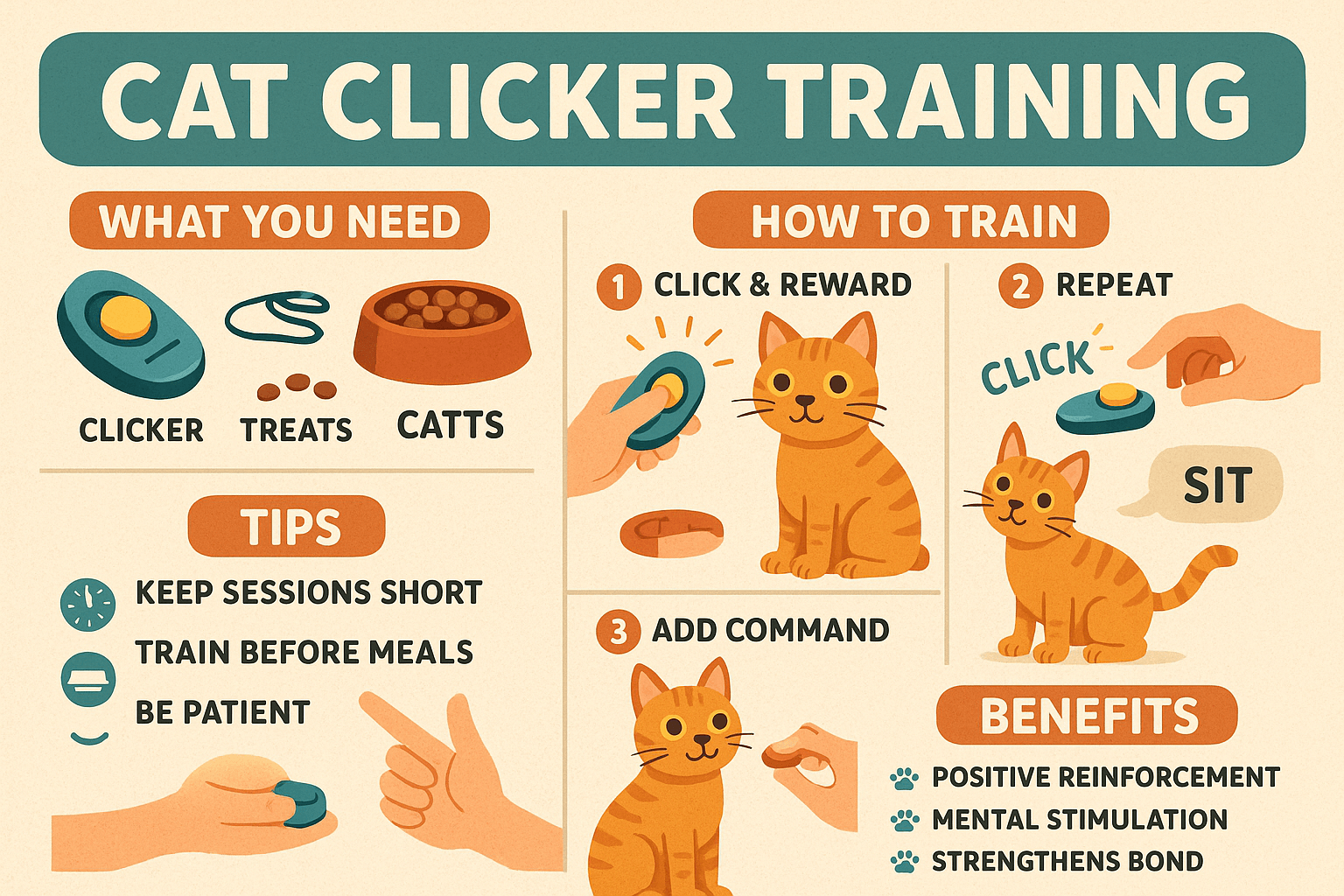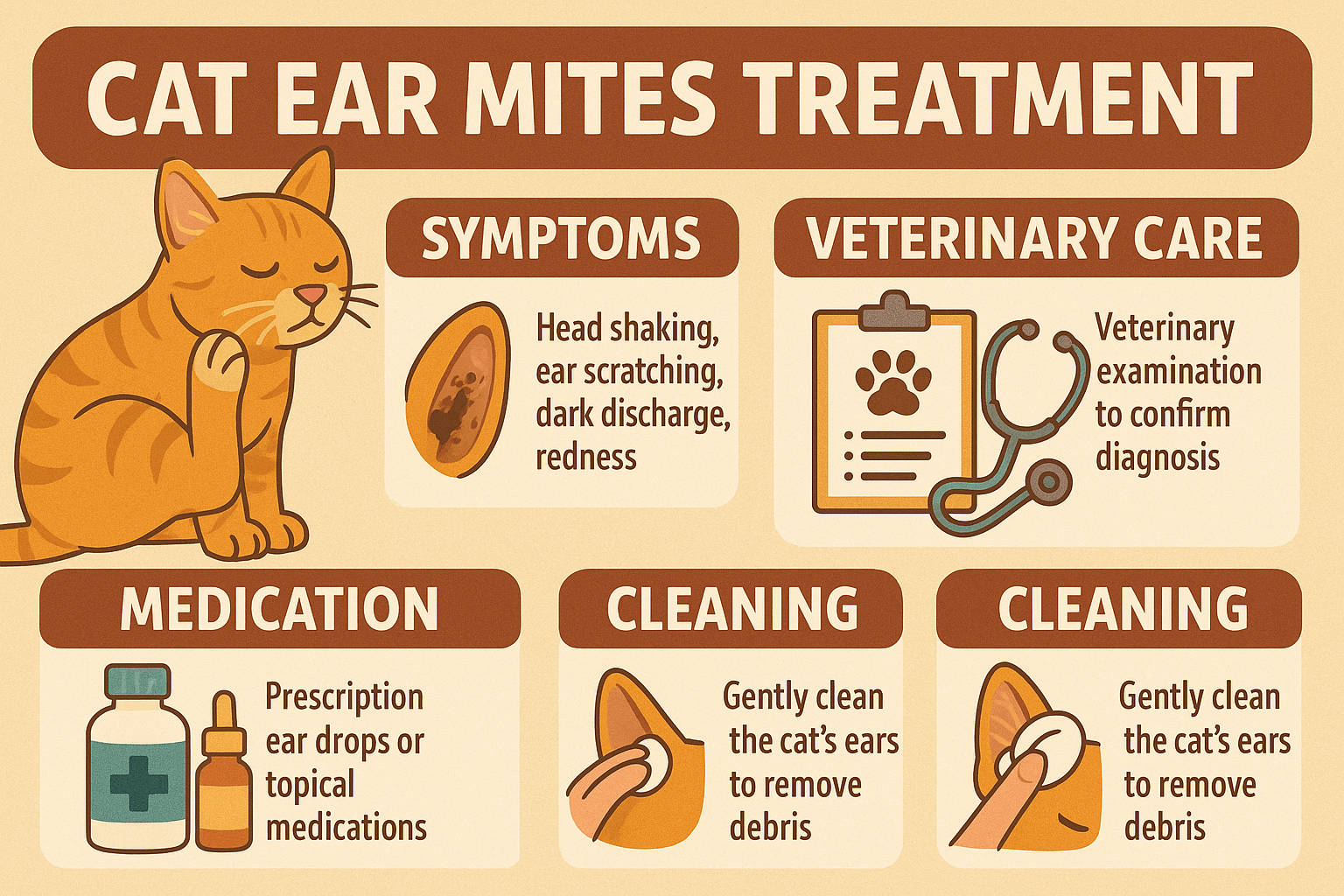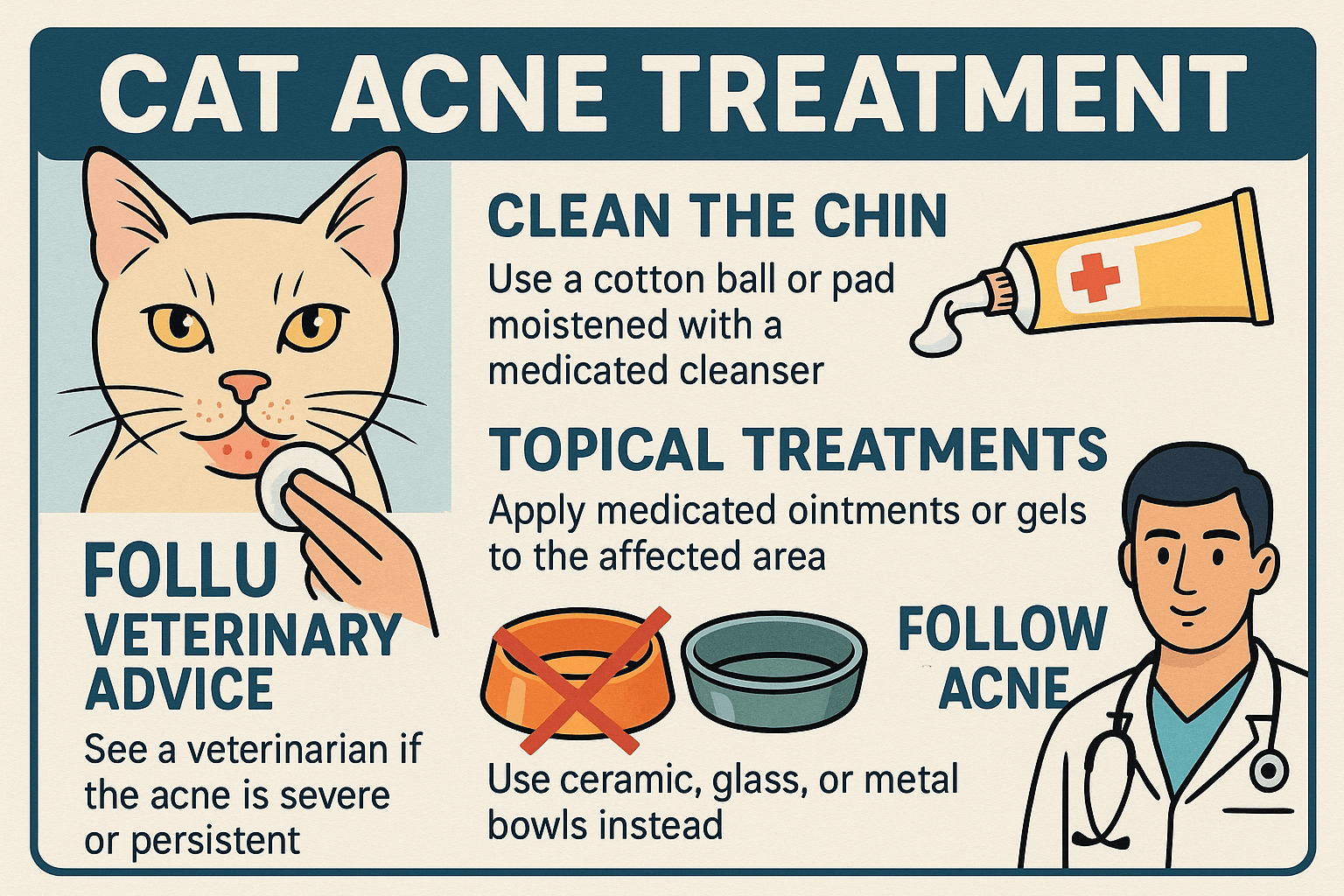Can Cats Eat Sweet Potatoes?
When it comes to feeding our feline friends, many pet owners wonder whether human foods like sweet potatoes are safe for cats. Sweet potatoes are a nutrient-rich vegetable packed with vitamins and fiber, but cats have unique dietary needs that differ from ours. As obligate carnivores, their primary diet should consist of animal-based proteins, but occasional treats can be beneficial if chosen carefully. So, can cats eat sweet potatoes? The answer isn’t as straightforward as a simple yes or no—it depends on how they’re prepared and served. In this blog post, we’ll explore the benefits, risks, and guidelines for safely incorporating sweet potatoes into your cat’s diet.
Potential Benefits of Sweet Potatoes for Cats
In moderation, sweet potatoes can offer some nutritional advantages for cats. However, it’s essential to understand what makes them beneficial and how they fit into a balanced feline diet.
Rich in Vitamins:
Sweet potatoes are high in vitamin A, which supports healthy vision, skin, and immune function in cats.Good Source of Fiber:
The fiber content in sweet potatoes can aid digestion and help regulate bowel movements, especially for cats prone to constipation.Low in Fat:
Unlike fatty treats, sweet potatoes are naturally low in fat, making them a lighter option for occasional snacking.Antioxidant Properties:
Sweet potatoes contain antioxidants that may help reduce inflammation and support overall health.Hydration Boost (Cooked):
When cooked without added ingredients, soft sweet potatoes can provide a hydrating treat for cats.
While these benefits exist, sweet potatoes should only be given as an occasional treat and never as a staple food in a cat’s diet.
Risks of Feeding Sweet Potatoes to Cats
Although sweet potatoes have some nutritional value, they also come with potential risks that every cat owner should consider before offering them.
High Carbohydrate Content:
Cats don’t require carbohydrates in large amounts, and excessive consumption can lead to weight gain or digestive upset.Choking Hazard (Raw):
Raw sweet potatoes are tough and difficult for cats to chew, posing a choking risk if not properly prepared.Toxic Additives:
Seasonings like salt, sugar, butter, or spices commonly used in human recipes can be harmful to cats.Allergic Reactions:
Some cats may develop allergies or sensitivities to new foods, including sweet potatoes, leading to symptoms like vomiting or diarrhea.Imbalanced Diet Risk:
Overfeeding sweet potatoes can displace essential nutrients from a cat’s regular diet, leading to nutritional deficiencies.
Understanding these risks ensures you make informed decisions about introducing sweet potatoes to your cat’s meals.
Check this guide 👉Can Cats Eat Rambutan? Best 7 Expert Tips!
Check this guide 👉Can Cats Eat Warm Food? Best 7 Expert Tips!
Check this guide 👉Can Cats Eat Tamarind? Best 7 Expert Tips!
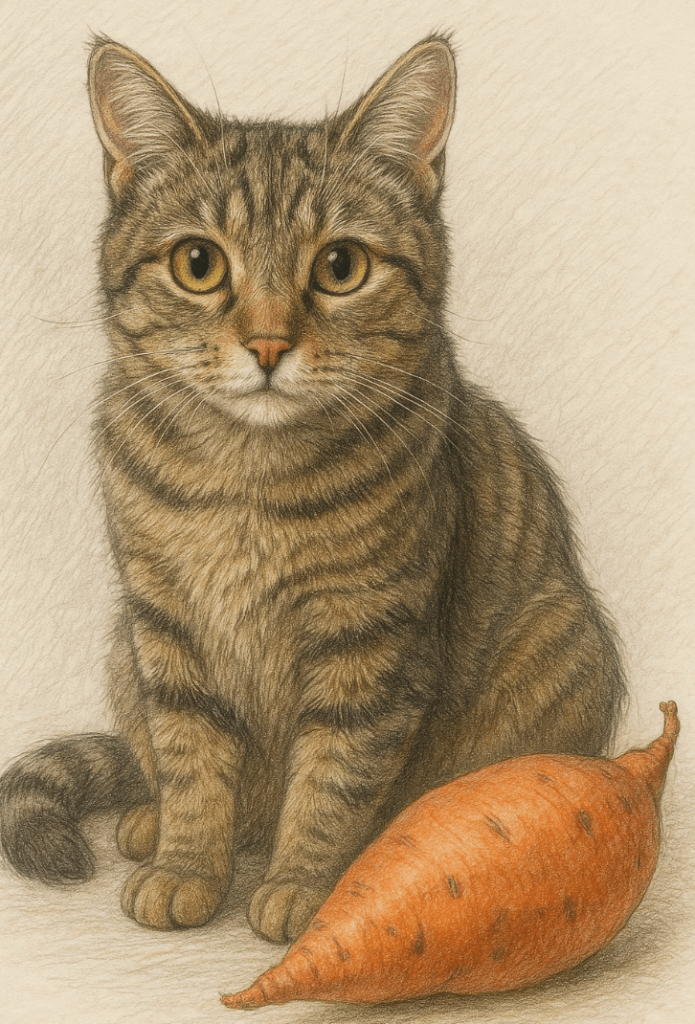
Safe Ways to Serve Sweet Potatoes | Unsafe Practices to Avoid |
|---|---|
Plain, boiled sweet potato (no seasoning) | Adding salt, sugar, or spices |
Small, mashed portions as an occasional treat | Offering raw sweet potato chunks |
Mixing tiny amounts with regular cat food | Feeding large quantities at once |
Ensuring the sweet potato is fully cooked | Using canned sweet potatoes with additives |
Monitoring for allergic reactions | Giving sweet potatoes daily |
How to Safely Introduce Sweet Potatoes to Your Cat
If you decide to try sweet potatoes as a treat for your cat, it’s crucial to introduce them gradually and responsibly. Follow these steps to ensure safety.
Start with Small Portions:
Offer a tiny amount of plain, cooked sweet potato to see how your cat reacts before giving more.Cook Thoroughly:
Bake, boil, or steam the sweet potato until soft, ensuring it’s free of any seasoning or additives.Mash or Cut into Tiny Pieces:
Make the texture easy for your cat to eat by mashing it or cutting it into bite-sized pieces.Monitor for Digestive Issues:
Watch for signs of vomiting, diarrhea, or discomfort after introducing sweet potatoes.Limit Frequency:
Treats like sweet potatoes should make up no more than 10% of your cat’s total diet to avoid imbalances.
By following these guidelines, you can minimize risks while allowing your cat to enjoy a novel snack.
Signs Your Cat May Not Tolerate Sweet Potatoes
Not all cats will tolerate sweet potatoes well, even when served safely. Be vigilant for these warning signs that indicate your cat may not handle them.
Vomiting or Diarrhea:
These symptoms suggest digestive distress caused by the sweet potato or its preparation method.Loss of Appetite:
If your cat refuses to eat after trying sweet potatoes, it could signal discomfort or dislike.Excessive Gas or Bloating:
Increased flatulence may indicate difficulty digesting the carbohydrates in sweet potatoes.Lethargy or Discomfort:
A sudden lack of energy or signs of pain might point to an adverse reaction.Itching or Skin Irritation:
Allergic reactions can manifest as itching, redness, or other skin issues in sensitive cats.
Recognizing these signs early allows you to adjust your cat’s diet accordingly and prevent further complications.
Common Mistakes to Avoid When Feeding Sweet Potatoes
Feeding sweet potatoes to your cat requires caution to avoid mistakes that could harm their health. Here are some pitfalls to watch out for.
Adding Harmful Ingredients:
Never include salt, sugar, butter, or spices, as these can upset your cat’s stomach or cause toxicity.Overfeeding Sweet Potatoes:
Too much sweet potato can lead to weight gain or nutritional imbalances in your cat’s diet.Serving Raw Sweet Potatoes:
Raw sweet potatoes are tough and indigestible for cats, posing a choking hazard or causing blockages.Ignoring Portion Sizes:
Even safe foods can become problematic if given in large quantities; stick to tiny portions.Assuming All Cats Will Like Them:
Some cats may simply refuse sweet potatoes, and that’s perfectly okay—not all cats enjoy the same foods.
Avoiding these mistakes ensures a safer and healthier experience for your cat.
Alternatives to Sweet Potatoes for Cats
If sweet potatoes aren’t suitable for your cat, there are plenty of other safe and healthy treat options to consider.
Plain Cooked Chicken:
High in protein and easy to digest, plain chicken is an excellent alternative treat.Pumpkin Puree:
Canned pumpkin (unsweetened) is rich in fiber and helps with digestive issues like constipation.Blueberries:
These antioxidant-rich fruits are safe in small amounts and provide a tasty, hydrating snack.Green Beans:
Steamed or boiled green beans are low-calorie and packed with vitamins, making them a great choice.Fish (Cooked):
Plain, cooked salmon or tuna offers omega-3 fatty acids that support skin and coat health.
These alternatives allow you to diversify your cat’s treats while keeping them safe and satisfied.
Understanding Your Cat’s Dietary Needs
Cats have specific dietary requirements that differ significantly from humans and even dogs. Understanding these needs helps you make better decisions about their nutrition.
Obligate Carnivore Status:
Cats require a diet primarily composed of animal-based proteins to meet their essential amino acid needs.Limited Carbohydrate Tolerance:
Unlike omnivores, cats don’t process carbohydrates efficiently, so they should be limited in their diet.Importance of Hydration:
Cats often don’t drink enough water, so wet food or hydrating treats can help maintain proper hydration levels.Essential Nutrients:
Taurine, arachidonic acid, and vitamin A are critical nutrients that cats must obtain from their diet.Avoiding Human Foods:
Many human foods, including onions, garlic, and chocolate, are toxic to cats and should be strictly avoided.
By prioritizing your cat’s unique dietary needs, you can ensure they stay healthy, happy, and thriving.
Frequently Asked Questions About Cats and Sweet Potatoes
Can cats eat sweet potato fries?
No, sweet potato fries are typically fried or seasoned, which makes them unsafe for cats. Stick to plain, cooked sweet potatoes instead.
Is sweet potato toxic to cats?
Plain, cooked sweet potato is not toxic, but raw or seasoned versions can pose risks. Always serve in moderation.
Can kittens eat sweet potatoes?
Kittens have delicate digestive systems, so it’s best to avoid giving them sweet potatoes unless advised by a vet.
How much sweet potato can I give my cat?
Limit sweet potato treats to a teaspoon or less, no more than once or twice a week, to avoid dietary imbalances.
What should I do if my cat has an adverse reaction?
Contact your veterinarian immediately if your cat shows signs of illness after eating sweet potatoes.
Prioritizing Your Cat’s Health When Offering Sweet Potatoes
While sweet potatoes can be a safe and nutritious treat for cats in small amounts, they are not a necessary part of their diet. As obligate carnivores, cats thrive on protein-rich foods, and treats like sweet potatoes should always be given sparingly. By understanding the benefits, risks, and proper preparation methods, you can ensure your cat enjoys this occasional snack without compromising their health. Remember, the key to a happy and healthy cat lies in providing a balanced diet tailored to their unique needs—so always prioritize their well-being above all else.
Cat Clicker Training: Best 7 Expert Tips! Discover how to train your cat using clicker techniques, improve behavior, and strengthen your bond with simple, effective strategies.
Lorem ipsum dolor sit amet, consectetur adipiscing elit. Ut elit tellus, luctus nec ullamcorper mattis, pulvinar dapibus leo.
Cat Ear Mites Treatment: Best 7 Expert Tips! Discover effective solutions to treat and prevent ear mites in cats, ensuring your pet's comfort and health with expert advice.
Cat Acne Treatment: Best 7 Expert Tips! Discover effective remedies, prevention strategies, and expert advice to treat and manage feline acne for a healthier, happier cat.

